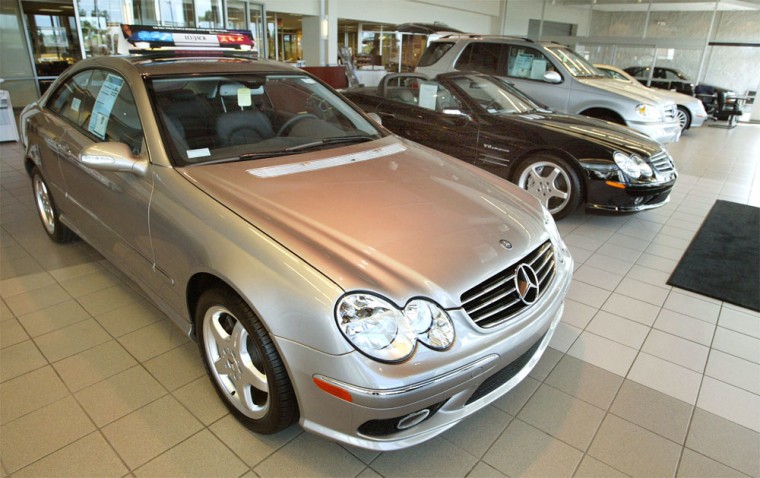While luxury items were once only for the very rich, now even middle-class American consumers are demanding luxury items in a variety of categories, including the obvious ones, such as apparel, accessories, and jewelry, as well as the not-so-obvious, such as food, beverages, and underwear. In fact, Boston Consulting Group's research in November 2002 found that consumers today are willing to pay up to ten times conventional price levels for new luxury items.
Why this shift to the "New Luxury?" Several factors have contributed the move to the democratization of luxury, including a decline in household size (and thus an increase in family income), a smarter populace, the growing influence of lifestyle magazines, and increased stress at work and at home.
Women, who make the majority of household purchase decisions, look to luxury items and services as a way to reward themselves for coping with the stresses of the work force, and are considered a driving force behind the desire for luxury among the masses. Luxury items, whether big-ticket or not, appeal to emotional needs of consumers. They purchase these goods and services to feel special and to indulge themselves with something of high quality as a reward. As a result of the shaky economy and general uncertainty given the war and terrorism threat, many Americans have adopted the "why wait?" attitude, which has further cemented their desires for luxury goods and services.
The trend to trade up
Some have pointed to Starbucks as the instigator of this trend to trade up. Even many years ago, consumers were gradually being convinced of their need for special luxury goods and services, like "designer" coffee. Now that this luxury mindset is established, luxury brands that fail to adapt their product offerings to this situation are risking loss of market share. Companies catering to this new luxury mindset, include Panera Bread, Tiffany, Mercedes-Benz and Burberry.
In November 2002, American Demographics looked at how consumers of various backgrounds view luxury. For instance, those over age 55 are more likely to consider "luxury" to be a status symbol that is exclusive and prestigious than those who are 18 to 34 years old. In its section called "psychographics of luxury consumers," it explains that luxury spending is often motivated by the state of mind and personality. To some, luxury is a reward; while to others, it is an indulgence; and to still some others, it is functional.
Traditional luxury concerned products of high enough quality to be passed on to children. Postwar, luxury revolved demonstrating your success. Today, the emphasis is on the value of the brand experience, rather than the product alone, according to John Harrison of Enterprise IG Brand Experience, quoted by The Financial Times on February 18, 2003.
